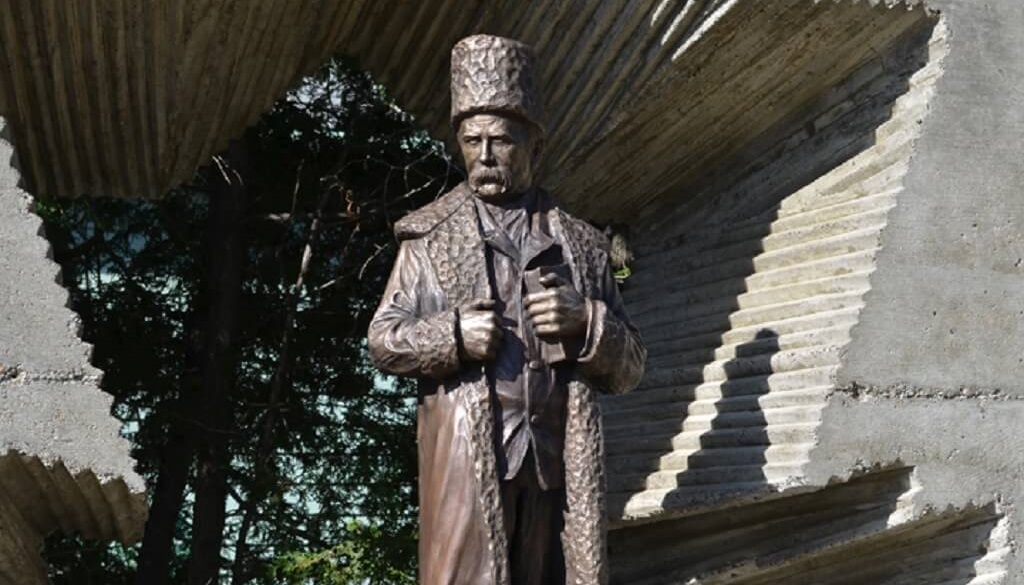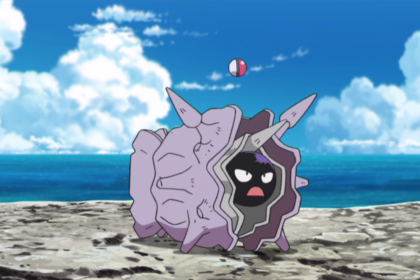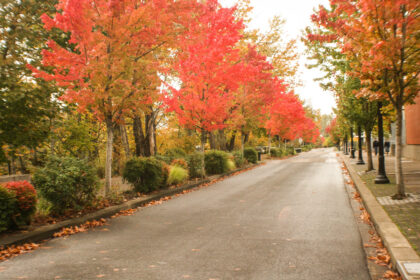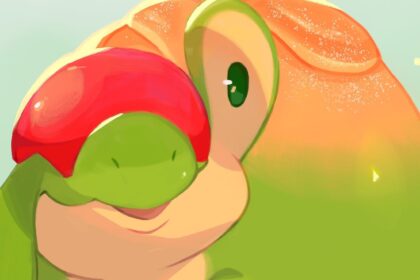Taras Hryhorovych Shevchenko was a Ukrainian poet, writer, artist, public and political figure, as well as folklorist and ethnographer. His literary heritage is regarded to be the foundation of modern Ukrainian literature and, to a large extent, the modern Ukrainian language. Take a look below for 30 more fascinating and interesting facts about Taras Shevchenko.
1. Shevchenko is known for many masterpieces as a painter and an illustrator.
2. He was a member of the Sts Cyril and Methodius Brotherhood and an academician of the Imperial Academy of Arts.
3. In 1847, Shevchenko was politically convicted for writing in the Ukrainian language, promoting the independence of Ukraine and ridiculing the members of the Russian Imperial House.
4. Shevchenko was born on March 9, 1814, in the village of Moryntsi, Zvenyhorodka county, Kiev Governorate, Russian Empire.
5. He was the third child after his sister Kateryna and brother Mykyta, in a family of serf peasants Hryhoriy Ivanovych Shevchenko and Kateryna Yakymivna Shevchenko, both of whom were owned by landlord Vasily Engelhardt.
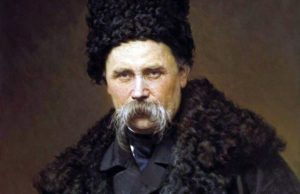
6. According to his family legends, Shevchenko’s forefather were Cossacks who served in the Zaporizhian Host and had taken part in the Ukrainian uprisings of the 17th and 18th centuries.
7. In 1816, Shevchenko’s family moved back to the village of Kyrylivka in Zvenyhorodka county, where his father had been born.
8. In the fall of 1822, he started to take some grammar classes at a local precentor, Sovhyr.
9. On February 10, 1823, his older sister and nanny, Kateryna, married Anton Krasytskyi, a serf from Zelena Dibrova.
10. On September 1, 1823, Shevchenko’s mother died.
11. On October 19, 1823, his father married a widow, Oksana Tereshchenko, a native of Moryntsi village, who already had three children of her own. She treated her step children, particularly Shevchenko, with cruelty.
12. In 1833, Shevchenko painted a portrait of his mater, Pavlo Engelgardt.
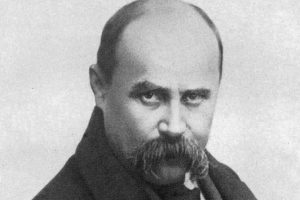
13. In his novel, “Artist,” Shevchenko described that during the pre-academical period he painted such works as “Apollo Belvedere,” “Fraklete,” “Architectural Barelief,” and “Mask of Fortune.”
14. In Saint Petersburg, Shevchenko met Ukrainian artist Ivan Soshenko, who introduced him to other compatriots such as Yevhen Hrebinka and Vasyl Hryhorovych, and to Russian painter Alexey Venetsianov.
15. Through his contacts, Shevchenko met the famous painter and professor Karl Briullov, who donated his portrait of Russian poet Vasily Zhukovsky as a lottery prize. Its proceeds were used to buy Shevchenko’s freedom on May 5, 1838.
16. Shevchenko was accepted as a student in the Academy of Arts in the workshop of Karl Briullov.
17. In 1839, he became a resident student at the Association for the Encouragement of Artists.
18. During annual examinations at the Imperial Academy of Arts, Shevchenko won the Silver Medal for landscape painting.
19. In 1840, he again received the Silver Medal, this time for his first oil painting, “The Beggar Boy Giving Bread to a Dog.”
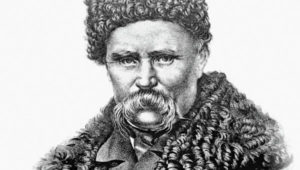
20. Shevchenko began writing poetry while still being a serf, and in 1840, his first collection of poetry, “Kobzar,” was published.
21. In 1844, distressed by the condition of Ukrainian regions in the Russian Empire, Shevchenko decided to capture some of his homeland’s historical ruins and cultural monuments in an album of etchings, which he called “Picturesque Ukraine”.
22. On March 22, 1845, the Council of the Academy of Arts granted Shevchenko the title of non-classed artist.
23. Shevchenko was arrested along with other members of the Brotherhood of Saints Cyril and Methodius on April 5, 1847.
24. While under investigation, Shevchenko was imprisoned in Saint Petersburg in casemates of the 3rd Department of Imperial Chancellery on Panteleimonovskaya Street.
25. After being convicted, he was exiled as a private to the Russian military garrison in Orenburg at Orsk, near the Ural Mountains.
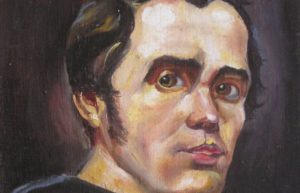
26. In 1857, Shevchenko finally returned from exile after receiving amnesty, though he was not permitted to return to St. Petersburg and was ordered to Nizhniy Novgorod.
27. In May 1859, Shevchenko got permission to return to Ukraine.
28. He intended to buy a plot of land close to the village of Pekariv.
29. In July, he was arrested on a charge of blasphemy, but then released and ordered to return to St. Petersburg.
30. Shevchenko spent the last years of his life working on new poetry, paintings, and engravings, as well as editing his older works, however, after difficult years in exile, his illness ended up killing him.

